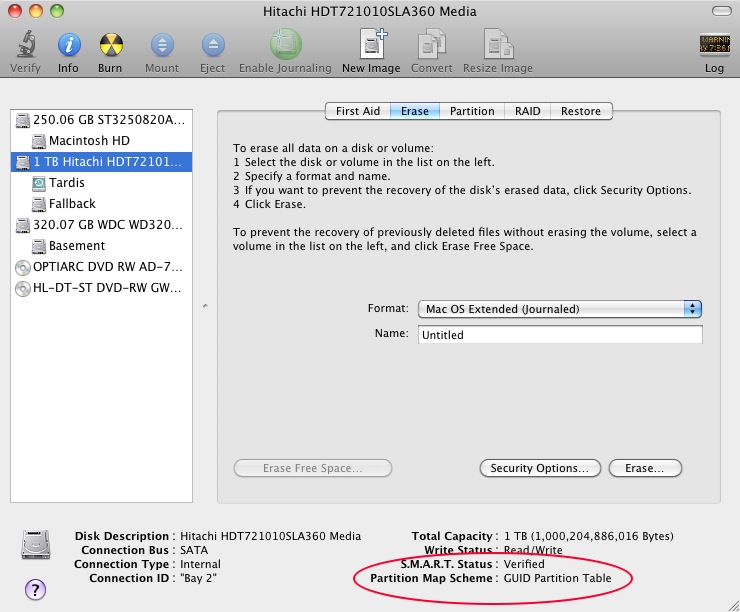

2016), plasma depletion bays (Chang et al. 2010a), midlatitude electron density enhancement (Rajesh et al. finding several new features of plasma caves (Liu et al. 2011), Weddell/Okhotsk Sea anomaly (Lin et al.

2007a), middle-latitude trough (Lee et al. More than 2000 RO profiles per day allow scientists for the first time globally and uniformly examining ionospheric electron density profiles, observing three-dimensional (3D) structures of the equatorial ionization anomaly (Lin et al. 2009), and a tri-band beacon (TBB) to tomographically estimate fine structures of ionospheric electron density and scintillations of the signals on the satellite-to-receiver plane (Hsiao et al. There are also two other payloads carried by each F3/C satellite including, a tiny ionospheric photometer (TIP) to observe the nighttime ionospheric airglow emission of 135.6 nm emissions around the F2-peak height (Chua et al. Based on the time delay and the bending angle of GPS signals recorded by the radio occultation (RO) technique, the electron density profiles in the ionosphere as well as temperature, pressure, and water content profiles in the atmosphere can be derived (Anthes et al. The primary payload of F3/C is the GPS (Global Positioning System) Occultation Experiment (GOX), which receives the radio wave signals transmitted from the GPS satellites. Six FORMOSAT-3/COSMIC (F3/C) micro-satellites travel on circular low-earth orbit at 800 km altitude with 72-deg inclination, observing the atmosphere and ionosphere continuously. The mission was part of a collaborative program between NSPO and The University Corporation for Atmospheric Research (UCAR) of the United States (US) to collect atmospheric data for weather prediction, and for ionosphere and climate research. A major turning point in the field of atmospheric and ionospheric research was the launch of FORMOSAT-3/COSMIC (Constellation Observing System for Meteorology, Ionosphere and Climate) on 15 April 2006 (Cheng et al.
#Retrospect 7 series
The development of ionospheric sciences has been much faster since 1999, after National SPace Organization (NSPO) of Taiwan started launching a series of FORMOSAT satellites (Liu e al. In Taiwan, research and education of ionospheric physics began with a ground-based ionosonde operated by the Ministry of Communications in 1952 and courses of ionospheric physics offered by National Central University in 1959, respectively. People heavily rely on the modern technologies of satellite positioning, navigation and telecommunication, which can be significantly affected by ionospheric weather conditions from space, Earth’s atmosphere, and lithosphere (Ratcliffe 1972 Davies 1990 Kelley 2009).

#Retrospect 7 free
The part of the atmosphere above about 60 km altitude, where free electrons exist in numbers sufficient to influence the travel of radio waves, is termed the ionosphere. F7/C2 TGRS, IVM, and RFB shall continue to expand the F3/C success in the ionospheric space weather forecasting. Each F7/C2 satellite also has a RFB (Radio Reference Beacon) on board for ionospheric tomography and an IVM (Ion Velocity Meter) for measuring ion temperature, velocity, and density. F7/C2 carries an advanced TGRS (Tri Gnss (global navigation satellite system) Radio occultation System) instrument, which tracks more than 4000 RO profiles per day. F7/C2 constellation of six small satellites was launched into the circular low-Earth orbit at 550 km altitude with a 24-degree inclination angle on 25 June 2019. F3/C was officially decommissioned on and replaced by FORMOSAT-7/COSMIC-2 (F7/C2).

The S4 index of GPS signal scintillations recorded by F3/C is useful for ionospheric irregularities monitoring as well as for positioning, navigation, and communication applications. F3/C electron density profiles together with ground-based GPS total electron contents can be used to monitor, nowcast, and forecast ionospheric space weather. In addition, several new findings, such as plasma caves, plasma depletion bays, etc., have been reported. More than 2000 RO profiles per day for the first time allows us globally studying three-dimensional ionospheric electron density structures and formation mechanisms of the equatorial ionization anomaly, middle-latitude trough, Weddell/Okhotsk Sea anomaly, etc. Each F3/C satellite is equipped with a TIP (Tiny Ionospheric Photometer) observing 135.6 nm emissions and a TBB (Tri-Band Beacon) for conducting ionospheric tomography. FORMOSAT-3/COSMIC (F3/C) constellation of six micro-satellites was launched into the circular low-earth orbit at 800 km altitude with a 72-degree inclination angle on 15 April 2006, uniformly monitoring the ionosphere by the GPS (Global Positioning System) Radio Occultation (RO).


 0 kommentar(er)
0 kommentar(er)
